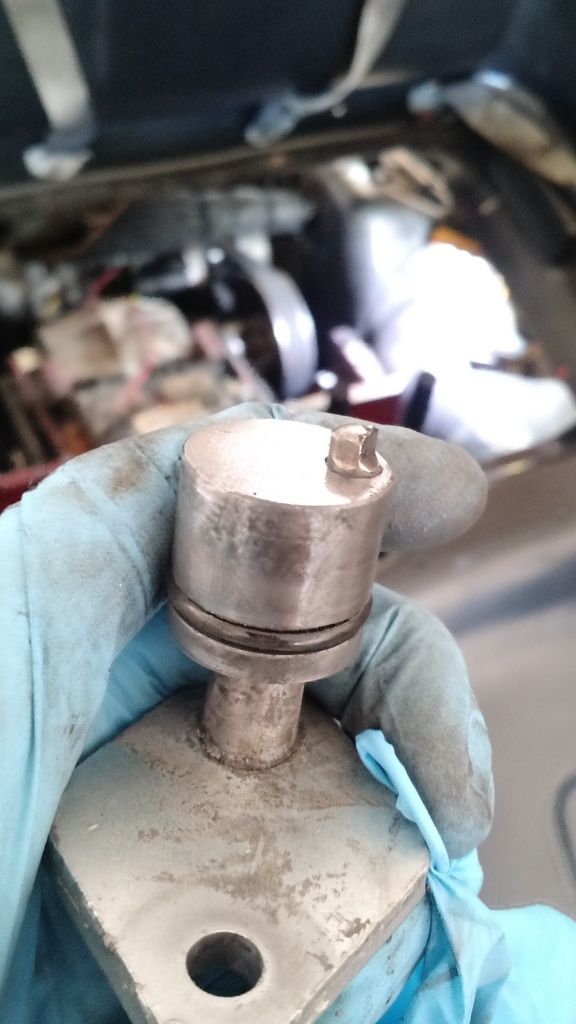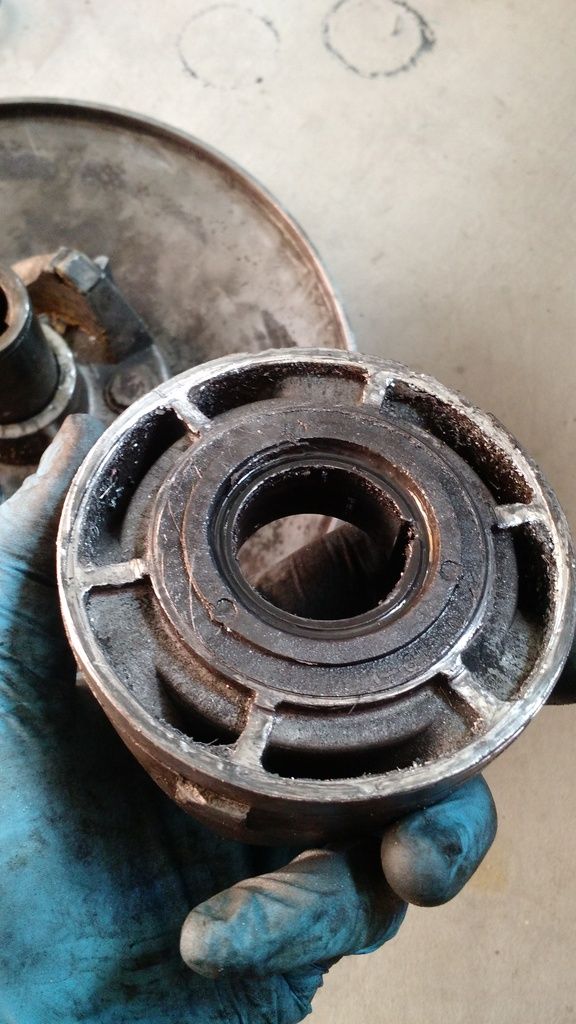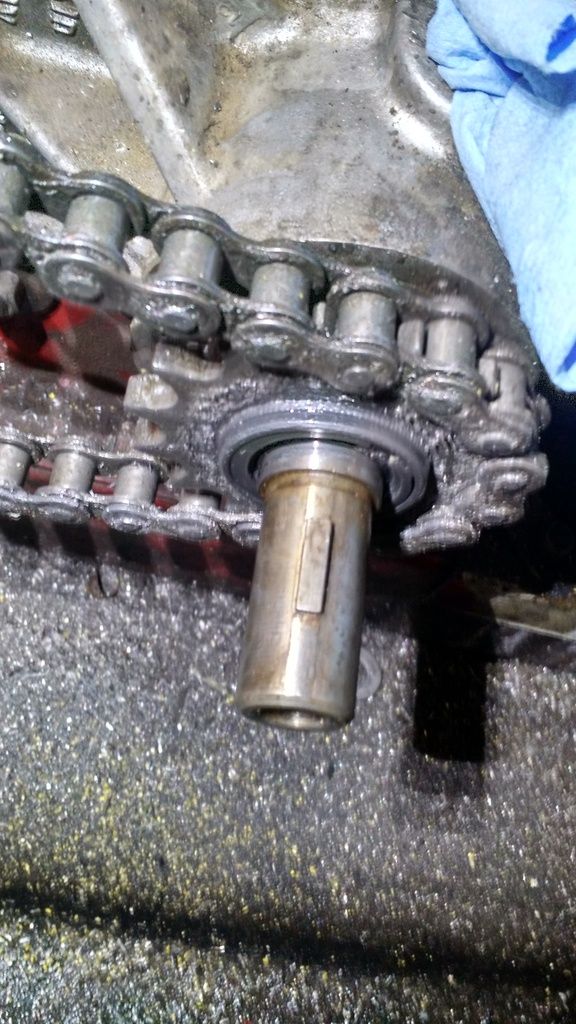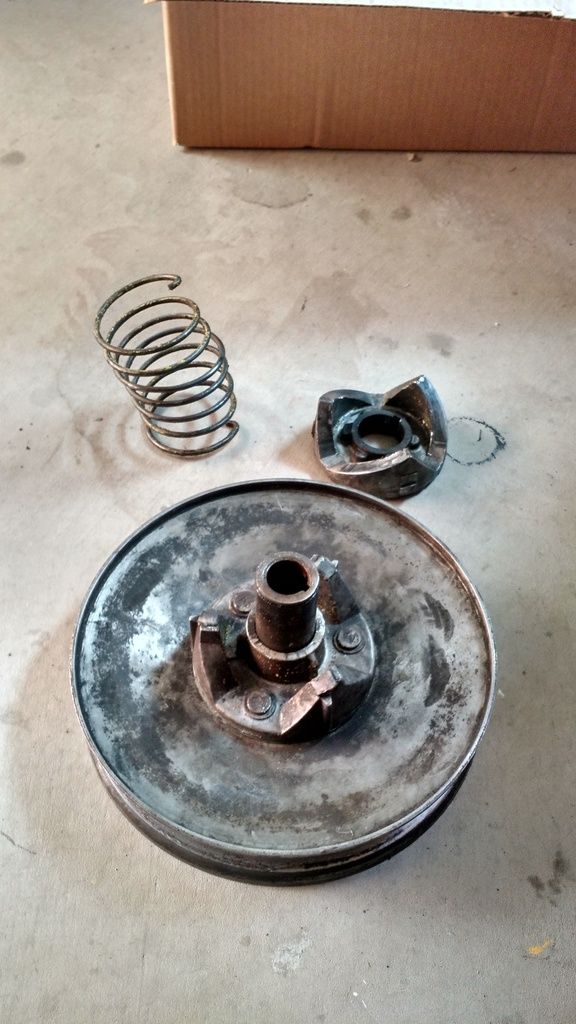Following up from my MAX II project thread and to make sure I'm not missing something obvious I've started this thread. I just got it running and tried out having it move under it's own power and I've got forward on both sides but reverse on the the right.
I checked the linkage adjustments, and both top and bottom on both sides are right at 11/16" from the case, and the plungers on all 4 pull out to just flush with the case when pulled to their maximums. I tried tightening up the lower left plunger a couple threads to see if reverse would grab, but didn't get anything out of it.
I tried to remove the diamond shifter, but it has a nice clip-in-groove lock and my clip pliers are away in storage. I don't suspect anything with the pin since I have forward, but also don't know quite enough to say for sure. I'll be getting the pliers I need to remove the clip and pull the shifter out before I go about removing the whole transmission.
My current guess though is the anchor pin for the band has come loose. The levers move smoothly/freely. Thoughts?
I checked the linkage adjustments, and both top and bottom on both sides are right at 11/16" from the case, and the plungers on all 4 pull out to just flush with the case when pulled to their maximums. I tried tightening up the lower left plunger a couple threads to see if reverse would grab, but didn't get anything out of it.
I tried to remove the diamond shifter, but it has a nice clip-in-groove lock and my clip pliers are away in storage. I don't suspect anything with the pin since I have forward, but also don't know quite enough to say for sure. I'll be getting the pliers I need to remove the clip and pull the shifter out before I go about removing the whole transmission.
My current guess though is the anchor pin for the band has come loose. The levers move smoothly/freely. Thoughts?






Comment